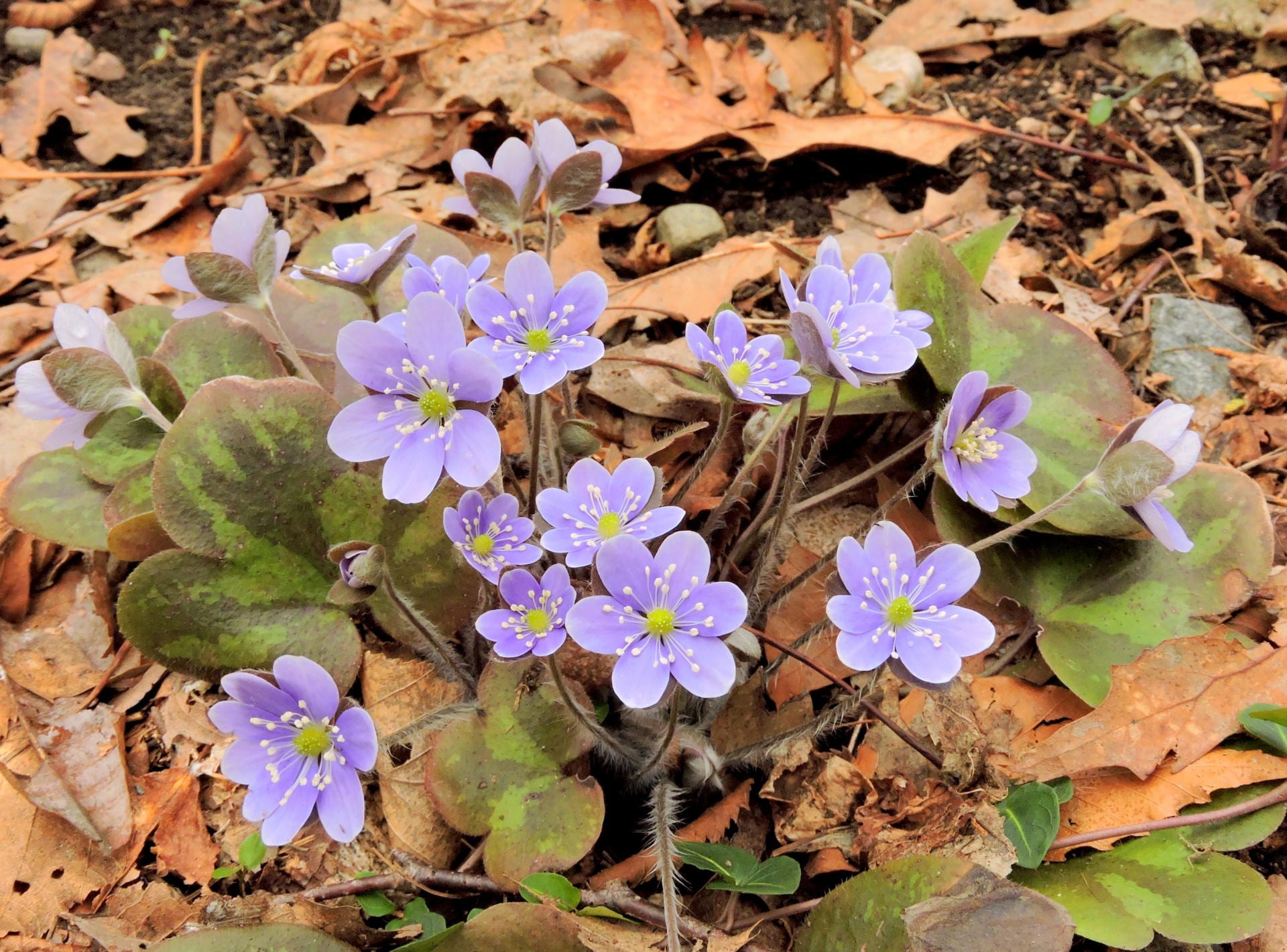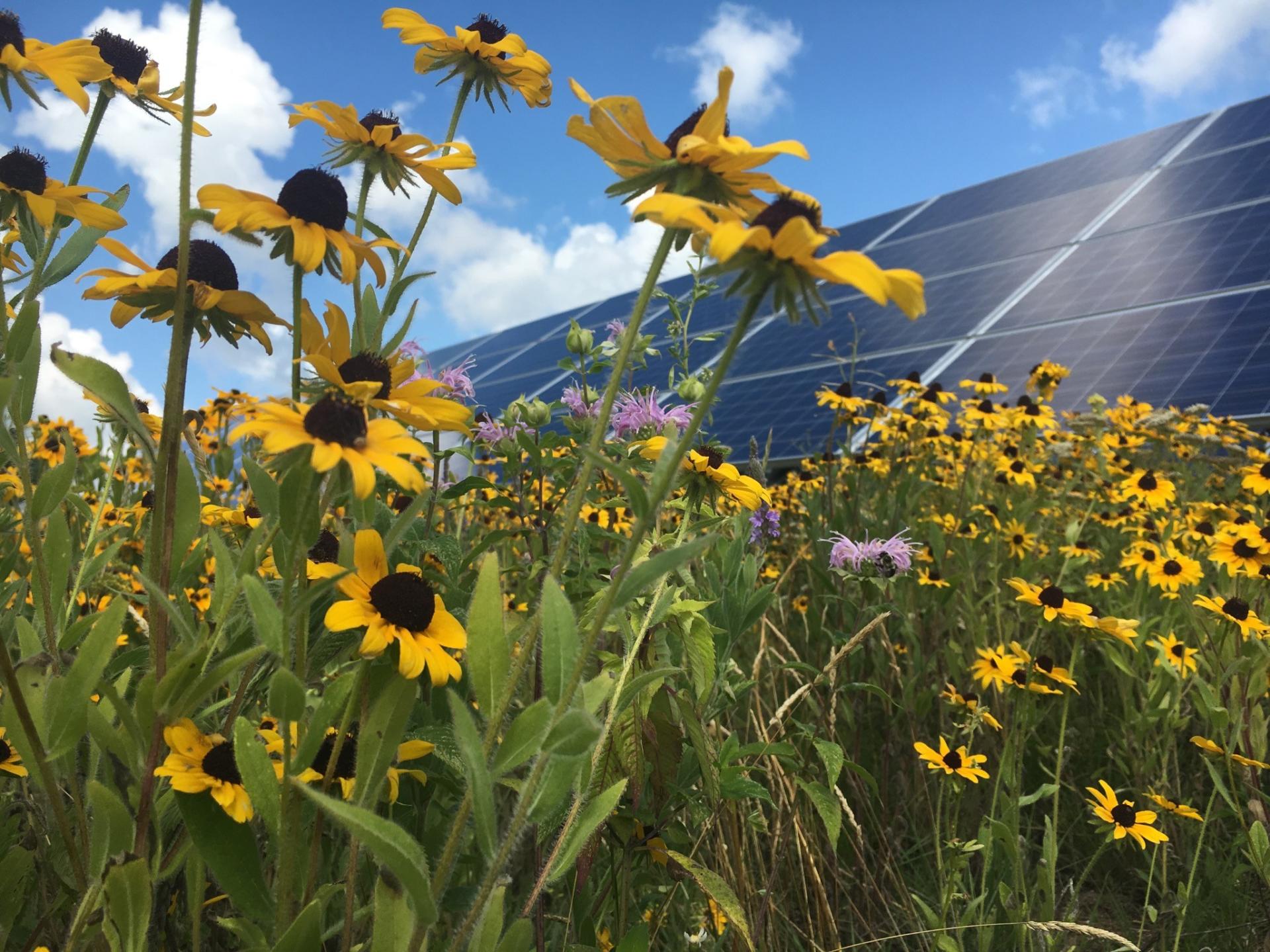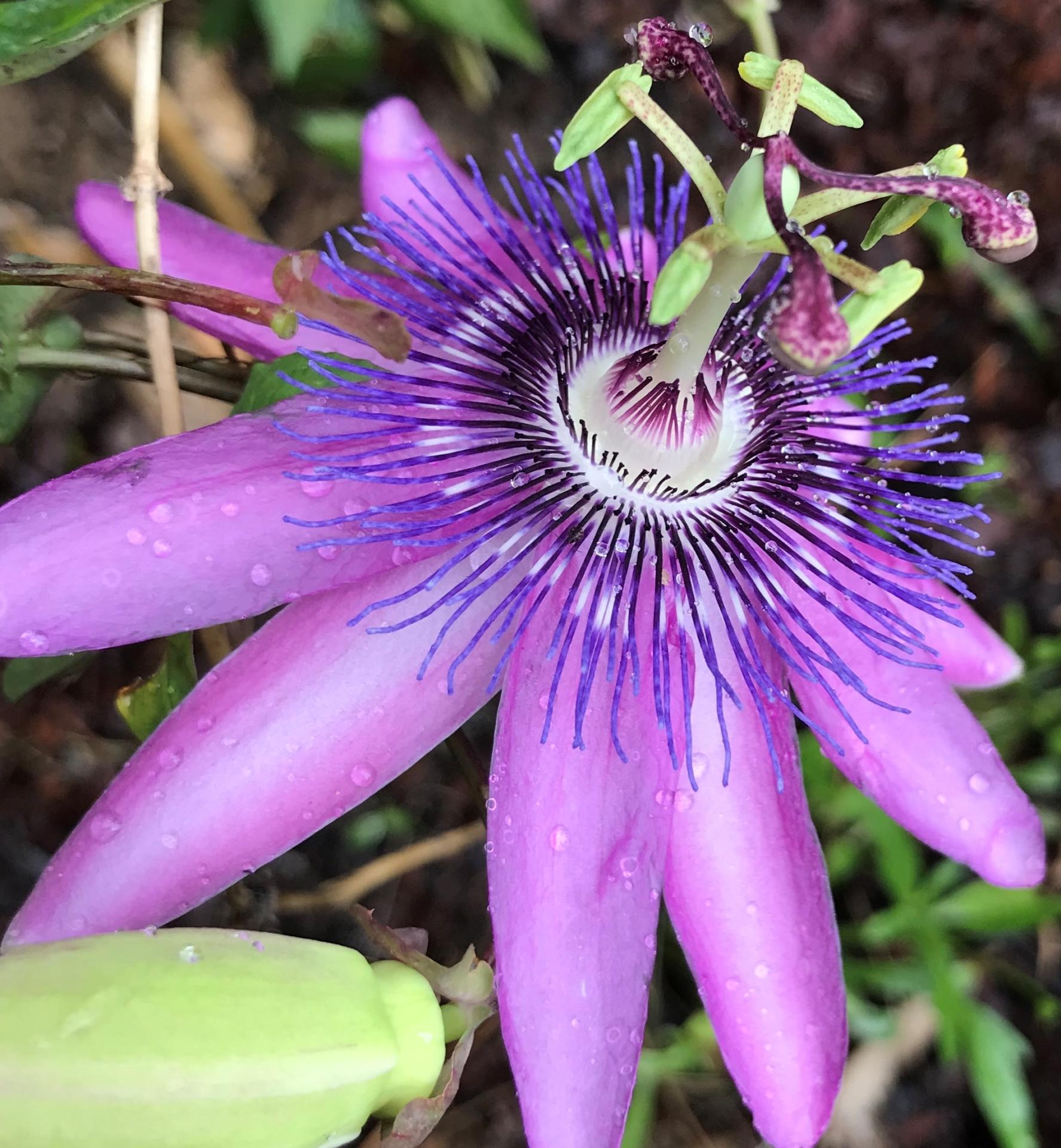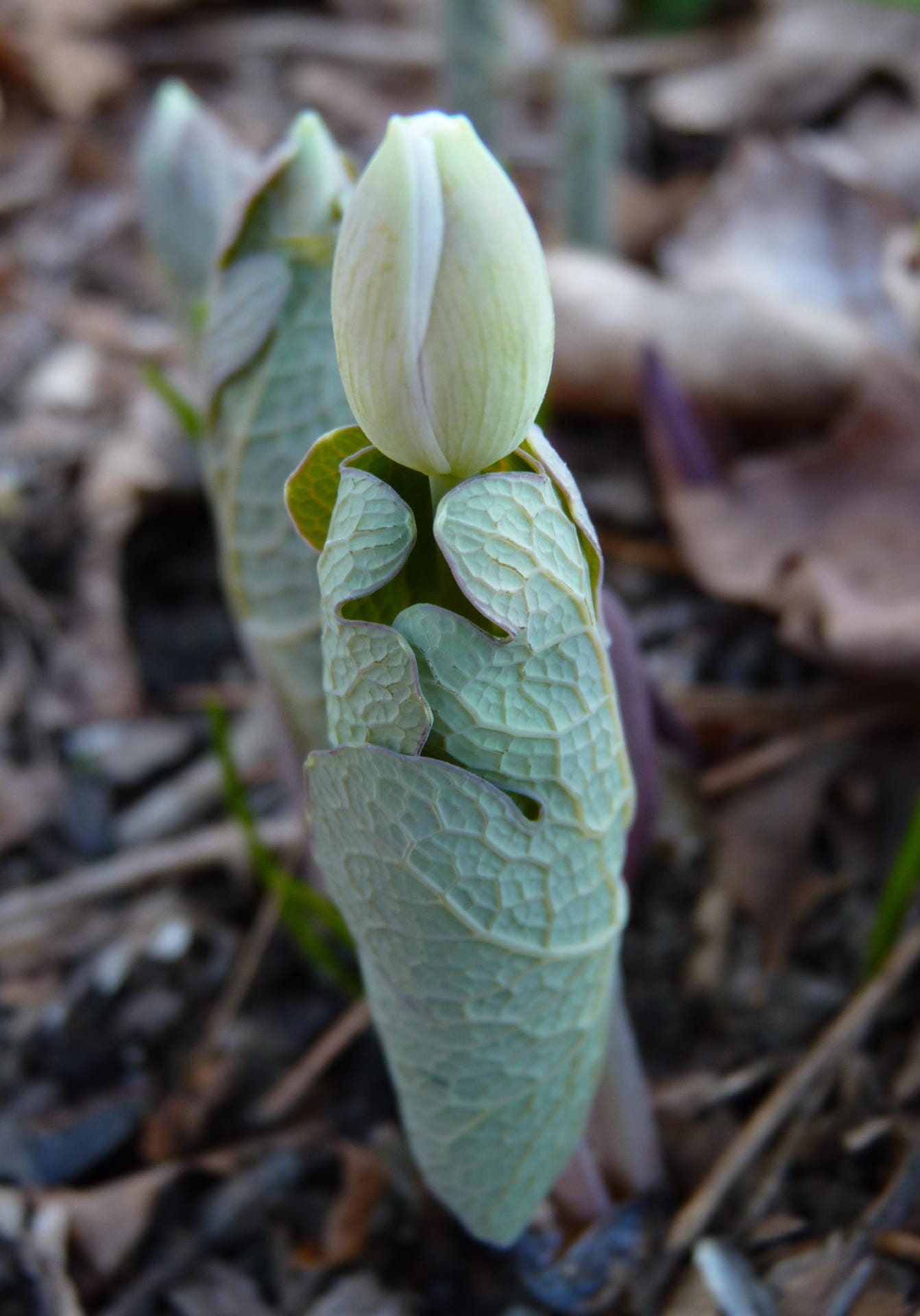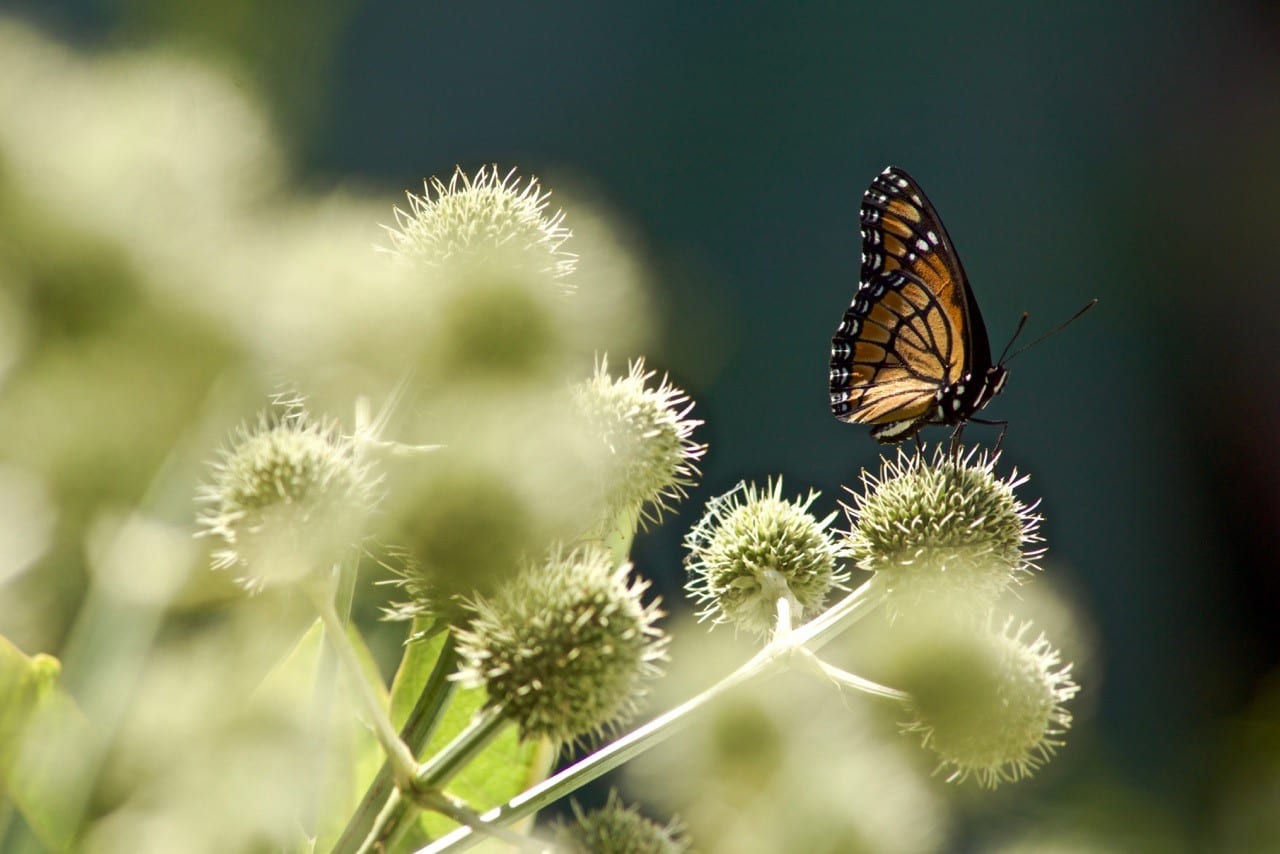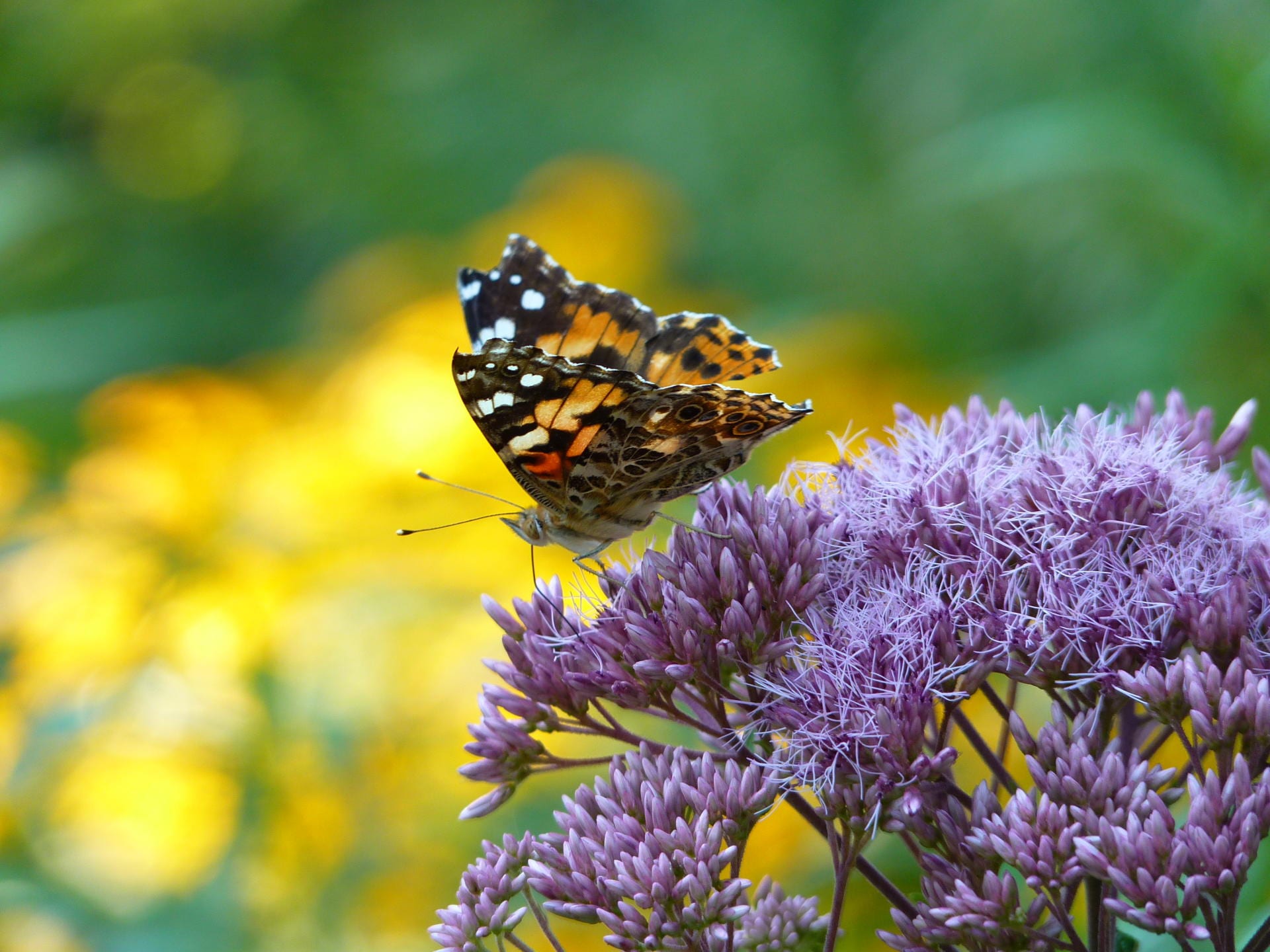by Maureen Sundberg
Photographers from across the country submitted nearly 100 images to ELA’s 2019 Spotlight on Natives Photography Contest. Each sought to capture the special allure of native plants – the unique structure of trunks, stems, leaves, blossoms, seeds; the juxtaposition of plants in a community; the interaction of flora and fauna.
This year’s photos again encompassed an outstanding array of plants and habitats and were assessed by three judges, Brianne Bishop, Missy Fabel, and Laney Widner, who ultimately selected two photographs as Best in Show, and recognized winners of 1st Place and Honorable Mention in each of three categories:
- Native Habitat
- Plant Profiles
- Pollinators
Impressed by the quality of submissions and their artistic sensibility, Missy felt that the many photographs offered “a pleasing window into how others see the beauty in native plants, both up close and in their natural habitat.” According to Laney, “Judging for the photo contest was a pleasure of seeing old favorites and new plant species. I love seeing the many ways people capture plants, pollinators, and beautiful places with cameras.”
For Brianne, judging this year’s entries was a fun opportunity. “It allowed me to apply what I learned in my college photography classes. I enjoyed seeing everyone’s creativity and use of perspective.”
Congratulations to our Best in Show and 1st Place winners in all categories. Each will receive a one-year ELA membership. Thanks and congratulations as well to those earning honorable mentions and to all photographers who submitted their work. Although not every entry could win top recognition, many additional photographs will be recognized in the ELA Newsletter and on the ELA website in upcoming months.
The Winners Are
Best in Show – Tie
Photographer: Thomas Berger, designer, Green Art, www.greenart.com
Photograph: Carex pensylvanica, Kittery, Maine
Flowers of wind-pollinated plants are easy to overlook, but the male and female spikelets of Pennsylvania sedge in early spring are quite attractive. Sedges are food plants for caterpillars of various skippers, moths, and the Eyed Brown butterfly.
Judges’ Comments: We were all drawn to this photo of the Carex pensylvanica, which is an often-overlooked woodland grass. Showier flowers often take center stage and overshadow the simplicity of this native. We appreciate how the photo highlights the intricacy and beauty of the grass flowers’ outstanding stigmas. The contrast of the two subjects – one in sharp focus, against the muted, unfocused background, the other receding in the distance – is particularly effective.
Best in Show – Tie
Photographer: Sally Naish, Owner, Light & Shade Garden Design
Photograph: Anemone acutiloba, Framingham, Massachusetts
The beautiful blue of this Anemone jumped out against the backdrop of dried leaves at Garden in the Woods. A closer look brought the delicacy of the flowers’ structure into focus.
Judges’ Comments: The pop of color against the muted hues of the fallen leaves reminds us of “spring” and the ephemerals that highlight the season. Technically this photo is outstanding. The well-framed image along with the color contrasts draw the viewer into the frame to appreciate the delicate features, textures, and colors of this lovely native.
Native Habitat
1st Place Winner
Photographer: Lucy Birkett, Slow Gardening Consulting
Photo: Verbena hastata (blue vervain), Freeport, Maine
This picture captures a moment of wonder in my own garden. With seeds, inspiration, and advice from the Wild Seed Project, I had sown the seeds in pots put outside to sit through the winter. I was unfamiliar with these species, so I really studied them as they grew and bloomed. The photo reminds me of the awe and respect that comes with meeting new plant species, plus the feeling of connection from taking part in the process. Regarding the composition: it looked and felt like fireworks, only quieter and longer lasting.
Judges’ Comments: We enjoyed the sharp focus of the blue vervain set against the soft background of the three-lobed coneflower. The combination of colors and visual depth are stunning. We also admired the photographer’s ability to capture most of the flowers on the vervain with a sharp focus that thrusts them toward the viewer.
Native Habitat
Honorable Mention Winner
Photographer: Rob Davis, Center for Pollinators in Energy
Photograph: Native Plants Below Solar Array Farm
Native and non-invasive naturalized plants are a perfect ground cover for the managed landscape of solar farms being developed nationwide. This site at Connexus Energy was seeded in 2014 and creates pollinator habitat, soil health, and carbon sequestration benefits, in addition to the clean energy.
Judges’ Comments: We think we must visit a pristine location to experience native plants, but here we see that native plants can be used in disturbed areas to great advantage. The installed native prairie concept resonates with our goals to install native plants and to encourage others to introduce native plants into gardens and restoration projects. The colors of the flowers beautifully complement the blue sky. This inspiring photo highlights how important the sun’s energy is to all of us: plants and humans.
Plant Profiles
1st Place Winner – Tie
Photographer: Thomas Berger, designer, Green Art, www.greenart.com
Photograph: Geramum macculatum, Kittery, Maine
It is amazing how the color of wild geranium changes with the light conditions – sometimes it is pink, at other times bluish-purple. I planted wild geranium in hopes of attracting the specialized bee Andrena distans.
Judges’ Comments: This striking photograph highlights the beauty and simplicity of this somewhat common plant. The photograph is extremely well executed. The flower is clear, crisp, and well placed in the frame and the eye is immediately drawn to the main flower. The lighting is also excellent with very effective use of light and shadow.
Plant Profiles
1st Place – Tie
Photographer: Joelle O’Daniel-Lopez
Photograph: Passiflora incarnata, Escambia County, Florida
I enjoy observing life in my butterfly garden in Escambia County Florida. I was watering my garden to establish some newly planted native plants when I spotted my passiflora incarnata already in full bloom in mid-March! These flowers I planted for gulf fritillary butterflies, but even if they were not a host plant, I would plant them.
Judges’ Comments: This striking photo effectively depicts the complexity and extraordinary beauty of the flower, capturing the many plant parts in crisp detail and inviting closer inspection. We love the way this image shows the reproductive parts, thrust out like a tongue to capture the sun or lure insects. The more you look at the photo, the more you appreciate the intricacies of Florida native species. It’s nice to see photo submissions of native plants from other parts of the country, giving us a renewed sense of wonder about the vast number of plants species in our many ecoregions and ecosystems.
Plant Profiles
Honorable Mention
Photographer: Nanette Masi, Back to Nature
Photograph: Sanguinaria canadensis, Amesbury, Massachusetts
The first image that popped to mind when coming across this unfurled Sanguinaria canadensis was that of a Buddhist monk, carefully wrapped in his robes, preparing to meditate. The photo was taken in mid-April in my own garden in Amesbury, MA, Essex County.
Judges’ Comments: We all love watching the leaves of Sanguinaria canadensis unfurl in the spring. This lovely photo evokes the feeling of suspense and anticipation of long-awaited spring. We are reminded of the fleeting moments in nature as we await the unfurling. We appreciate how challenging it is to take a photo that captures a rare moment in time and allows us to observe and appreciate it at our leisure.
Pollinators
1st Place Winner
Photographer: Nick Novick, Small Planet Landscaping
Photograph: Viceroy Butterfly on Eryngium yuccifolium, Ashland, Massachusetts
With its strong architectural aspects, rattlesnake master is one of my favorite plants to photograph. I was fortunate that this butterfly alighted long enough and was angled properly to the light to be able to get a favorable shot.
Judges’ Comments: The striking elements of this beautiful photo are the myriad of contrasts: the contrast of the colorful butterfly against the dark, monochrome background; the contrasting color range from near white to near black; and the contrast of the blurred foreground and sharply focused butterfly at the back. The butterfly seems to be peeking out from behind the flowers, inviting us to explore over and over.
Pollinators
Honorable Mention
Photographer: Nanette Masi, Back to Nature
Photo: Painted Lady on Eutrochium purpureum, Amesbury, MA
The American Painted Lady dancing on the Eutrochium purpureum was taken in mid-August in my garden in Amesbury, MA, Essex County. I loved the interplay of yellows, oranges, and purple and the connection between pollinator and plant.
Judges’ Comments: The clarity and detail of this photo are excellent. The colors and textures of the Eutrochium in the foreground are effectively set against the yellow/orange of the background. The darker framed wings of the butterfly help draw attention to the pollinator. With closer inspection, we appreciate the beauty of the Painted Lady and are rewarded with a glimpse of the proboscis as the photographer captures a moment in time.
About the Judges
Brianne Bishop is a lover of all things that involve nature and being outside. Ever since she can remember she has been obsessed with photographing flowers. She graduated from Ramapo College of New Jersey with a B.A. in Environmental Studies and a minor in visual arts (concentration in photography). Since graduation she has traveled to different states and countries working or volunteering in the environmental field. She is currently working with the STRAW program at Point Blue Conservation Science.
Missy Fabel is a native plant landscape designer, consultant and writer. She has a certificate in Field Botany from the New York Botanical Garden and a certificate in Gardening with Native Plants from the Native Plant Center at Westchester Community College, where she also teaches and is a Steering Committee member. Passionate about the natural world, Missy takes an ecological approach to garden design using native plant communities for inspiration, spending time botanizing in the woods and fields of Westchester County. She is a Cornell Cooperative Extension Master Gardener graduate and Cornell Master Naturalist volunteer.
Laney Widener, MSc, is the Executive Director of Concord Land Conservation Trust in Concord MA and amateur photographer. Laney has years of experience with plant conservation, invasive species biology and management, and land stewardship. She holds an MSc degree in Plant Biology and Conservation (focus on Conservation Genetics) through a joint program with Northwestern University and the Chicago Botanic Garden.
***
ELA retains original copyright. Right to reproduce or disseminate all material herein, including to Columbia University Library’s CAUSEWAY Project, is otherwise reserved by ELA. Please contact ELA for permission to reprint.
Mention of products is not intended to constitute endorsement. Opinions expressed in this newsletter article do not necessarily represent those of ELA’s directors, staff, or members.


